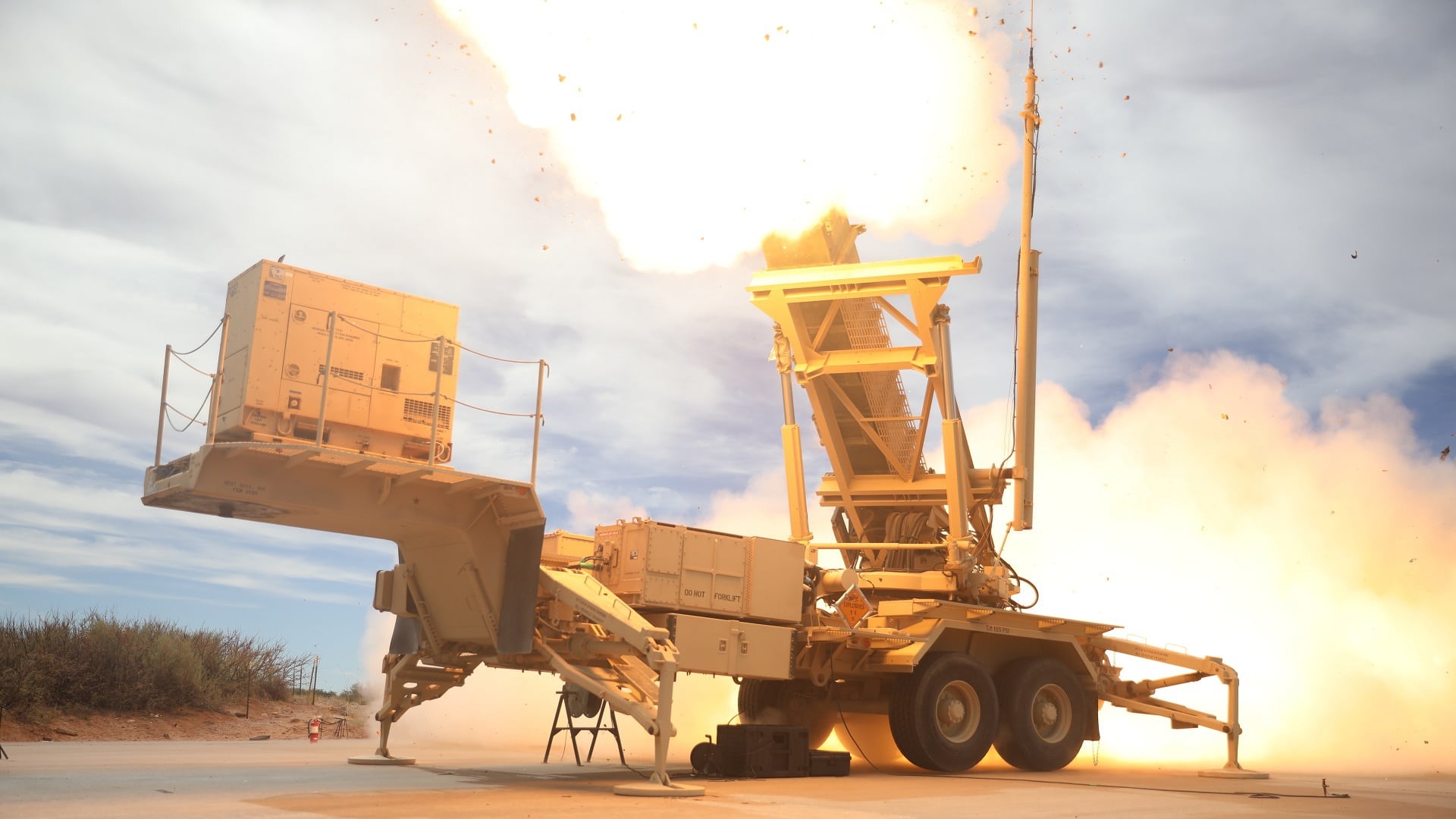The Kremlin has a history of over-exaggerating the abilities of its weapon systems. Even prior to the outbreak of the Ukraine invasion, Moscow purported that its top-of-the-line fighter jets, cutting-edge main battle tanks (MBTs) and superior missile systems would obliterate any enemies.
As the conflict has progressed, however, Russia’s heavy weaponry and other military equipment have not performed as expected. More than half of the country’s modern tank arsenal has been destroyed, captured or left behind in Ukraine and dozens of airframes and other equipment have been taken out by Kyiv.
Earlier this month, Ukrainian forces claimed to have shot down six Russian Kinzhal missiles in a single evening. The Kremlin has long touted that this next-generation hypersonic weapon is “unstoppable.”
Yet, a U.S.-supplied Patriot battery successfully destroyed a Kinzhal missile a few weeks prior.
Russian state-news outlets claimed that an American Patriot battery never took out its hypersonic missile, calling the narrative a “fake” report. According to the Kremlin, Russia fired six Kinzhals toward Kyiv and one maneuvered past air defenses and took out a Patriot surface-to-air anti-missile system. Ukraine claims that it successfully destroyed all six Kinzhals, however. Both claims are challenging to verify, similar to many figures surrounding the Ukraine invasion. Moscow and Kyiv have strategic reasons to skew true war numbers, including casualties, loss of weaponry and attacks.
Introducing Russia’s hypersonic missile
While the exact timeline of the Kinzhal’s conceptualization remains unclear, many experts believe that the weapon is derived from Russia’s ground-launched (K720 Iskander-M short-range ballistic missile. Moscow claims that its Kh-47M2 Kinzhal missile has a range of 1,200 miles and a top speed of Mach 10. Designated as Killjoy by the North Atlantic Treaty Organization (NATO), the ballistic hypersonic missile can allegedly carry both conventional and nuclear weapons in addition to being able to launch from MiG-31 interceptors or Tu-22 bombers.
Designed by Russia to more easily target critical Western infrastructure and to counter American missile defenses, the Kinzhal is highly revered by the Kremlin. When the missile first entered service in 2017, it was one of the five newer strategic weapons debuted by President Vladimir Putin. Although the Kremlin chief often boasts that the Kinzhal can destroy any target due its hypersonic and Mach 10 capabilities, military experts pretty much agree that this claim is a gross exaggeration.
Why Russia’s hypersonic claims are exaggerated
A former U.S. Navy Operations Specialist detailed why the Kinzhal is not all that the Kremlin claims it to be on The Aviation Geek Club:
“So, the Kinzhal is designed to hit ground targets. It isn’t going at Mach 10 when it hits the target near sea level. It cannot go that fast. Physics can be a real b**ch about this, but there it is. So, that scary number of Mach 10 (only possible at 59,000ft), will NOT be the speed of the Kinzhal when it hits its target. I don’t know that speed is. The Kremlin refuses to answer my queries. Go figure.This is another reason why the Kinzhal is not as “unstoppable” as Russia claims. When in final approach to its target, the Kinzhal ain’t doin’ no Mach 10. It’s slower than that, and that’s where the PAC-3 Patriot missile can destroy it.”
Additionally, the term hypersonic is not as formidable as the Kremlin would like you to think. The broad category of hypersonic weapons refers to weapons that can reach a speed of Mach 5.
Today, the term is more commonly used to describe more sophisticated weapons, like hypersonic glide vehicles and hypersonic cruise missiles. However, the Russian Kinzhal is neither an HGV or an HCM.
Maya Carlin, a Senior Editor for 19FortyFive, is an analyst with the Center for Security Policy and a former Anna Sobol Levy Fellow at IDC Herzliya in Israel. She has by-lines in many publications, including The National Interest, Jerusalem Post, and Times of Israel. You can follow her on Twitter: @MayaCarlin.
From 19FortyFive
Ukraine Footage Shows U.S. M982 ‘Excalibur’ Cut Through Russian Artillery
How To Sink A $3 Billion Dollar Submarine: Leave A Hatch Open
Smashed To Pieces: Video Shows Ukraine Hitting Russian Air Defenses

